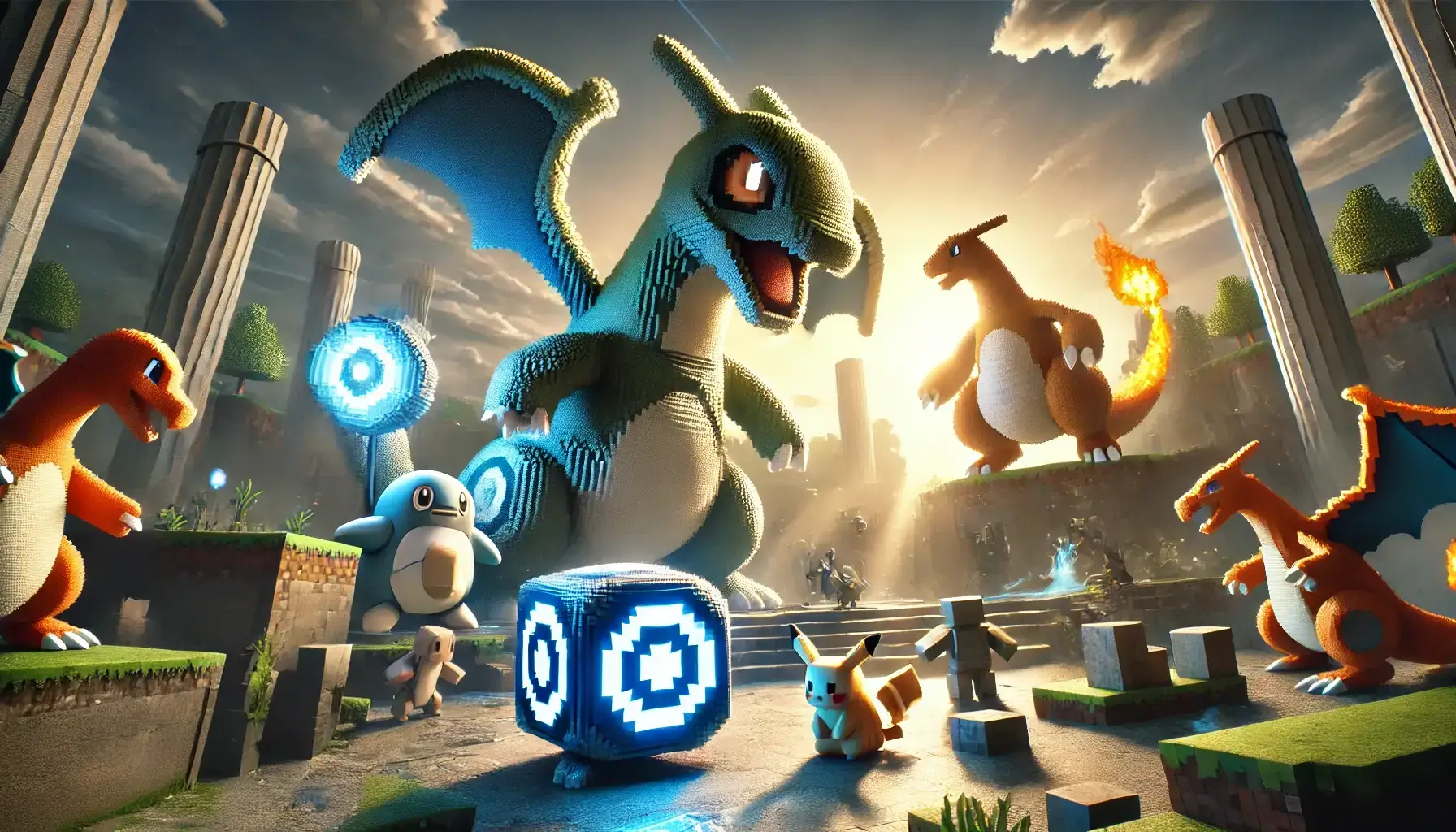Competitive Cobblemon battles can seem complex and intimidating, especially for newer players. Over time, myths and misconceptions about strategies, Cobblemon roles, and battle mechanics have taken root in the community. Believing these myths can hold you back from improving or fully enjoying the game. In this guide, we’ll debunk some of the most common myths about competitive Cobblemon battles and provide the truth behind them.
Myth 1: Only High-Tier Cobblemon Are Viable in Competitive Play
The Truth:
While high-tier Cobblemon often boast impressive stats, abilities, and movepools, they aren’t the only viable options in competitive play. Many low-tier Cobblemon excel in niche roles, providing unique advantages that can complement any team.
Examples:
- Quagsire: With its Unaware ability, it counters setup sweepers effectively.
- Galvantula: Its access to Sticky Web provides valuable Speed control.
Takeaway:
Focus on team synergy and roles rather than blindly relying on high-tier picks.
Myth 2: Offensive Teams Always Beat Defensive Teams
The Truth:
While offensive teams excel at applying pressure and quickly eliminating threats, defensive teams, when built correctly, can outlast and outmaneuver them. Walls and status moves often cripple hyper-offensive teams reliant on brute force.
Examples:
- Toxapex: Stalls out offensive threats with Toxic and Recover.
- Ferrothorn: Punishes physical attackers with Iron Barbs and sets up hazards.
Takeaway:
Success lies in understanding your playstyle and creating balanced teams that can adapt to different strategies.
Myth 3: Hazards Are Optional in Competitive Play
The Truth:
Entry hazards like Stealth Rock, Spikes, and Sticky Web are essential tools for controlling the battlefield. Ignoring them can leave your team at a severe disadvantage, especially against switching-heavy strategies.
Examples:
- Stealth Rock chips away at Flying-types like Togekiss and Charizard.
- Sticky Web slows grounded opponents, benefiting slower sweepers.
Takeaway:
Incorporate hazard setters and removers to maintain battlefield control.
Myth 4: Speed Always Determines Victory
The Truth:
Speed is important, but it’s not the only factor that dictates a match. Abilities, priority moves, and strategies like Trick Room or Sticky Web can nullify Speed advantages.
Examples:
- Dragapult may outspeed most Cobblemon but can be stopped by a well-timed Sucker Punch.
- Trick Room teams turn Speed into a disadvantage, favoring slower Cobblemon like Snorlax or Rhyperior.
Takeaway:
Focus on versatility and adaptability rather than relying solely on Speed.
Myth 5: Every Team Needs a Legendary Cobblemon
The Truth:
Legendaries are powerful but not always necessary. Many non-legendary Cobblemon can fulfill roles just as effectively, often providing better synergy with specific team strategies.
Examples:
- Excadrill serves as an excellent sweeper and hazard remover without legendary status.
- Rotom-Wash provides utility and pivoting capabilities.
Takeaway:
Build your team around roles and strategies, not around whether a Cobblemon is legendary.
Myth 6: All Cobblemon Must Be Maxed in EVs and IVs
The Truth:
Optimizing EVs and IVs is important, but maxing them out isn’t always necessary. Specialized spreads can improve survivability, Speed benchmarks, or specific role fulfillment.
Examples:
- A defensive Toxapex may prioritize HP and Special Defense over Speed.
- An attacker like Garchomp may invest in bulk instead of maxing out Attack.
Takeaway:
Tailor EVs and IVs to fit the specific role of each Cobblemon on your team.
Myth 7: Type Advantage Always Wins
The Truth:
Type advantage is a factor, but it’s not an automatic win. Strategy, prediction, and preparation often outweigh raw type matchups.
Examples:
- A Steel-type Cobblemon like Ferrothorn can still lose to Fire-types if it uses Leech Seed and Protect effectively.
- A Water-type like Rotom-Wash can counter Grass-types with moves like Hidden Power Ice or Will-O-Wisp.
Takeaway:
Learn to use coverage moves, prediction, and team synergy to overcome type disadvantages.
Myth 8: Defensive Teams Are Always Slow and Boring
The Truth:
Defensive teams can be dynamic and engaging, focusing on chip damage, status effects, and battlefield control to outlast opponents.
Examples:
- Clefable can disrupt foes with Thunder Wave while providing Wish support.
- Corviknight pivots with U-turn and clears hazards with Defog.
Takeaway:
Defensive play is about strategy and patience, not just stalling for time.
Myth 9: Movesets Should Always Be Standard
The Truth:
Standard movesets are reliable, but creative or unconventional movesets can catch opponents off guard and provide unexpected advantages.
Examples:
- A Special Attacking Scizor with Vacuum Wave surprises opponents expecting Bullet Punch.
- A Defensive Dragonite with Roost and Toxic can stall effectively.
Takeaway:
Experiment with movesets to find combinations that fit your playstyle and counter common strategies.
Myth 10: Winning Is All About Individual Skill
The Truth:
Skill is important, but success in competitive Cobblemon relies heavily on preparation, team building, and adaptability. Understanding the meta, counters, and your own team’s weaknesses is just as vital as in-battle decisions.
Examples:
- A well-prepared team with strong synergy often outperforms a team of individually powerful Cobblemon.
- Anticipating an opponent’s strategy and adapting mid-battle can change the outcome.
Takeaway:
Invest time in team building and meta awareness to complement your battle skills.
Conclusion
Competitive Cobblemon battles are filled with opportunities for creativity and strategic depth. By debunking these common myths, you can refine your approach, embrace unconventional strategies, and gain an edge over your opponents. Remember, success isn’t just about following the meta—it’s about understanding the game and making it your own.


